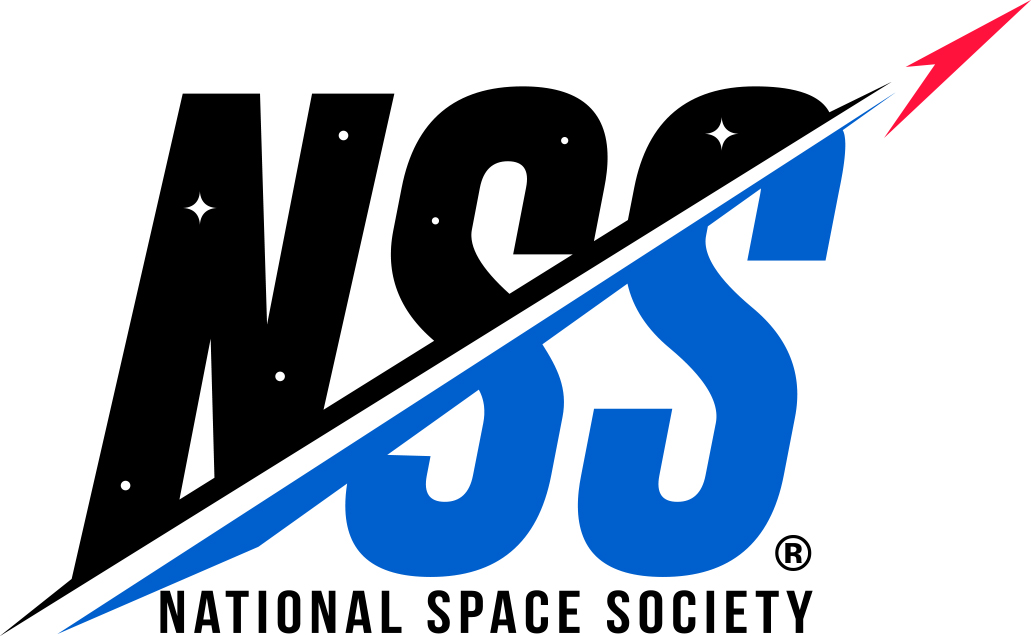Advice for Entries
Although prior SSDC qualifying proposals were generally very impressive documents, SSDC scenarios are always challenging and there is always room for improvement. Based on proposals produced in prior years, we offer the following suggestions to the competing teams:
- SSDC judges are intimatelyfamiliar with space settlement designs you can find on the Internet, especially those associated with the 1970’s NASA studies. It is expected that you will develop a new and original design in response to the RFP. Judges do recognize, however, that it is inefficient design practice to “reinvent the wheel”, so judicious use of existing technologies and ideas is expected. Per standard industry and scientific policy, it is necessary to attribute (document the source of) any design concept not developed specifically for this RFP. Be sure to reference websites, books, magazines, and even your team’s own prior work used as sources for this proposal. For example, designs from a prior Competition proposal MUST reference the prior proposal as a source of the concept.
WARNING: if the judges see the same design drawing and/or descriptive text in more than one proposal, any proposals that include the duplicated information will be penalized if they do not attribute the source(s) of the ideas
Pay attention to the technologies accepted for the Space Settlement scenario, as described in the materials posted on our website and provided in competition materials provided upon registration. For example, fusion electrical power is specifically disallowed. Space elevators from earth orbit to earth surface are not included in the technology descriptions because materials that could enable them to be built do not exist (note: carbon nanotubes show promise, but a recent conference on Space Elevators confirmed they are not yet the answer). The AEC team members personally know many of the people on the cutting edge of these and other technologies, and are familiar with their work. Do not believe everything you see on the Internet. Innovation and creativity are, however, encouraged–within the Laws of Physics. - Follow instructions carefully! Most proposals did not meet the “minimum requirements” defined in the RFP to include specific tables and illustrations.
- Follow instructions carefully! If you post illustrations in a website, you must allocate space in your proposal page count to show copies of those illustrations. A general expectation is that every proposal sub-section (e.g., 2.1, 2.2, and 2.3) that references illustrations in the website will include an illustration of the required size. Deviations from this rule are penalized in the scoring.
- Follow instructions carefully! Teams often try to squeeze more information into the page allowance by narrowing margins, reducing font size, or even including fold-out pages. Even tiny compression of font size (e.g., to 95%) is readily apparent to Judges who have seen hundreds of properly-formatted proposals. These deviations from the requirements are penalized in the scoring.
- Artwork is very important to show your designs, and not only for the Judges. We sense that teams which include more and better illustrations produce proposals with more internal consistency between proposal sections; artwork enables your team members to share the vision of the design and understand how their pieces fit into it. Be sure especially to show orientation of floors and decks with respect to settlement rotation–be careful not to show any representation that the judges may interpret as showing floors or decks oriented improperly.
- Generalizations do not score well; specific descriptions earn points. Show the Judges that you understand what the RFP requests and you know how to provide what the customer needs.
Finally, the Judges recognize that it is impossible to thoroughly address every RFP point in only 40 pages. Much of your team’s success will depend on your ability to conserve page count by succinctly and cleverly compressing data into the allowed format. All of your competitors are facing exactly the same challenge. The successful teams will be those that persevere through the frustration of a very difficult task.

